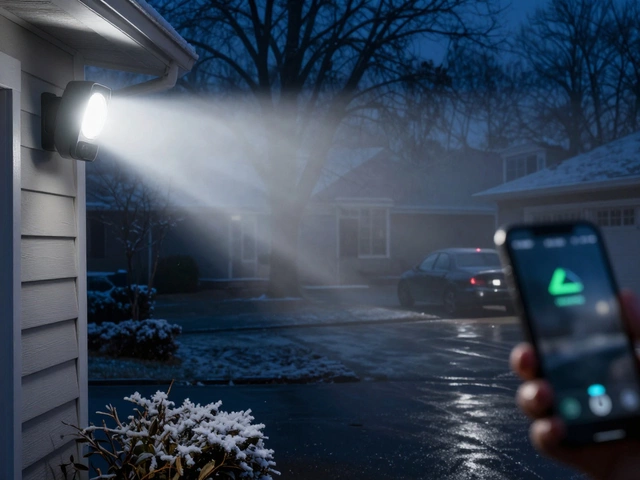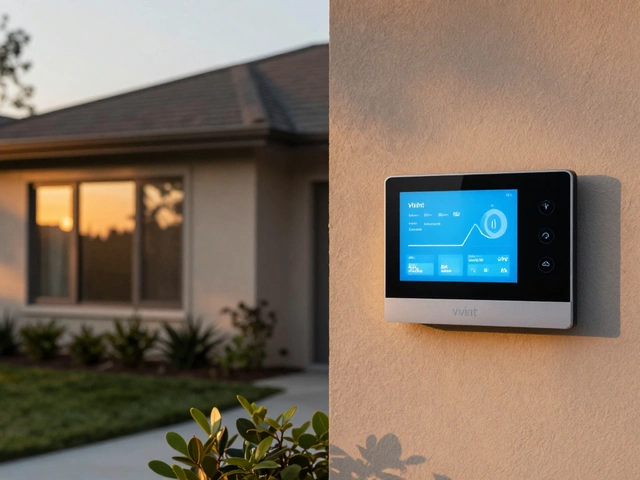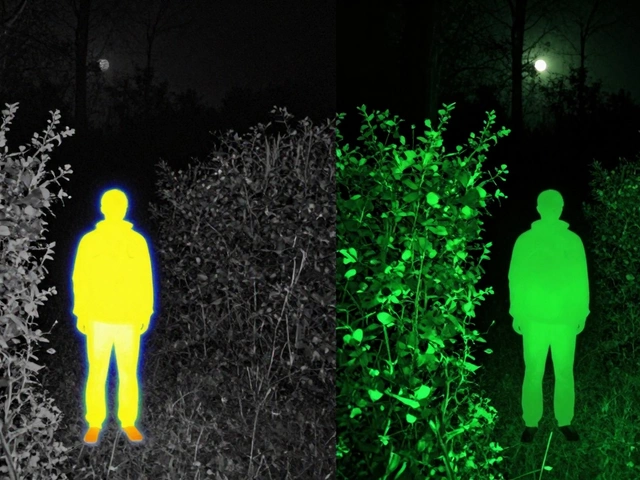See Through Walls: Modern Security Tech That Looks Inside
Ever wonder how a camera can capture movement behind a wall or why police can locate people inside a building without breaking down doors? The answer lies in a handful of clever technologies that can literally see through obstacles. In everyday security, these tools help you spot hidden threats, locate intruders, and keep an eye on blind spots without invasive installation.
Before you picture a sci‑fi laser scanner, think of radar, thermal imaging, and even Wi‑Fi signals. They each use a different part of the electromagnetic spectrum or sound waves to detect motion, heat, or changes in a space that ordinary cameras can’t reach. The good news is most of these devices are affordable enough for a small business or a tech‑savvy homeowner.
What Technologies Can See Through Walls?
Radar and millimeter‑wave sensors emit low‑power radio waves that bounce off objects. When the waves return, the sensor measures the time and strength of the echo. Even a thin wall changes the echo pattern, letting the device build a crude shape of what’s inside. Many modern motion sensors in alarm systems use this principle, giving you a reliable trigger when someone moves behind a partition.
Thermal cameras don’t need visible light. They capture infrared heat that radiates from bodies and equipment. A warm human silhouette shows up clearly through drywall or a thin wood panel, while the surrounding structure stays cooler. This makes thermal imaging perfect for night patrols or checking for hidden occupants after a break‑in.
Wi‑Fi sensing sounds odd, but it works. Your home Wi‑Fi network constantly sends and receives tiny packets. When a person walks through a room, they disrupt those signals. Software can translate the disruption into a motion map, effectively turning any Wi‑Fi router into a wall‑penetrating sensor. It’s low‑cost and invisible to intruders.
Acoustic and ultrasonic scanners send sound waves that bounce back from surfaces. Differences in the echo reveal hidden objects or movement. While not as precise as radar, they’re useful for detecting large objects behind solid doors.
Practical Uses and Safety Tips
For a home owner, a thermal camera mounted by a front door can spot a prowler trying to slip through a side window, even if the fence blocks the view. Pair it with a radar motion sensor inside the hallway, and you get a two‑layer alert system that reduces false alarms.
Businesses benefit from Wi‑Fi sensing in open‑plan offices. The system can flag unexpected movement after hours without placing cameras in every corner. This keeps privacy concerns low while still providing a security net.
When installing any wall‑penetrating device, follow these safety basics: keep the sensor away from power lines to avoid interference; test the range in different rooms to ensure reliable coverage; and comply with local regulations—some radar frequencies require a license in certain zones.
Remember, no technology is 100 % foolproof. Use multiple layers—combine a radar sensor, a thermal camera, and a conventional CCTV set for the best protection. This redundancy catches what any single device might miss.
In short, seeing through walls isn’t magic; it’s a mix of radio waves, heat detection, and clever signal analysis. Pick the method that fits your budget and space, install it correctly, and you’ll add a powerful blind‑spot remover to your security toolkit.






